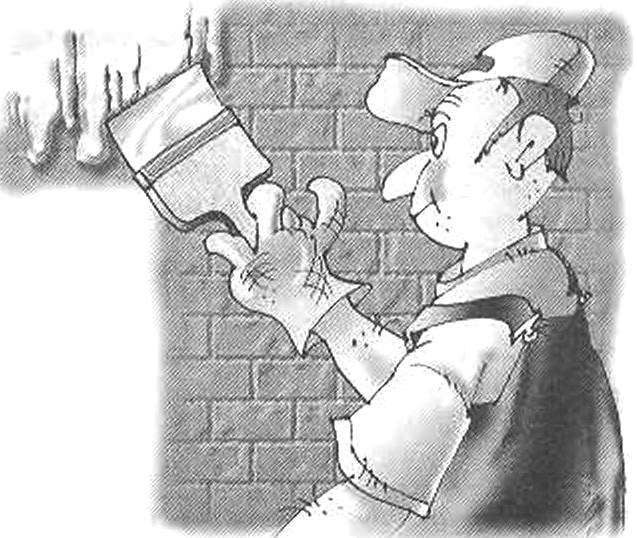 Born of fire. As it is impossible to imagine a good porridge without butter, and high-quality mortar without lime. It’s a common binder finds wide application in construction. Lime is produced by calcination of sedimentary rocks, the main component of which is calcium carbonate and perhaps magnesium oxide, When the content of magnesium oxide more than 7% of lime is called magnesia, with a smaller it presence of calcium. In the construction using both lime. These rocks are tight, clean and dolomitized limestone, chalk, shell limestone and other Rocks should not contain more than 8% clay impurities (the fewer the better and cleaner lime). Roasting is performed at a temperature of 900° — 1200°C up to possible the complete removal of carbon dioxide, that is, the decomposition of calcium carbonate with the release of carbon dioxide and formation of calcium oxide or so-called lime-quicklime.
Born of fire. As it is impossible to imagine a good porridge without butter, and high-quality mortar without lime. It’s a common binder finds wide application in construction. Lime is produced by calcination of sedimentary rocks, the main component of which is calcium carbonate and perhaps magnesium oxide, When the content of magnesium oxide more than 7% of lime is called magnesia, with a smaller it presence of calcium. In the construction using both lime. These rocks are tight, clean and dolomitized limestone, chalk, shell limestone and other Rocks should not contain more than 8% clay impurities (the fewer the better and cleaner lime). Roasting is performed at a temperature of 900° — 1200°C up to possible the complete removal of carbon dioxide, that is, the decomposition of calcium carbonate with the release of carbon dioxide and formation of calcium oxide or so-called lime-quicklime.
With high quality raw materials and complete removal of carbon dioxide from 100 parts by weight of pure limestone should be 56 parts by weight of lime-quicklime and 44 weight parts of carbon dioxide, or carbon dioxide, which will be further required to hardening of mortar, but is absorbed from the air.
Calcined limestone, or lime-quicklime. is a porous relatively lightweight stone volume weight 1000 — 1400 kg/m3 . Was the purer the limestone, the easier the lime-killka, the higher its quality. Thus, depending on the quality of the limestone turns the lime three varieties, with different timing of extinction.
Not lit, but is extinguished
Usually the beginning of the blanking is determined by the time of the first cracks in the pieces of lime-quicklime, previously saturated with water. In settings this can be done in the following way.
To break away from three different pieces of lime-quicklime in small pieces, put them in water for three minutes, remove, put on Board, notice the time. As soon as the first crack — this is the time to start blanking.
According to these indicators, the lime-kipaka is divided into bystrogasjashchajasja (from 8 to 25 minutes) and gasesous slowly (over 25 minutes). Incorrect definition of this indicator leads to incomplete release of lime and lower quality.

